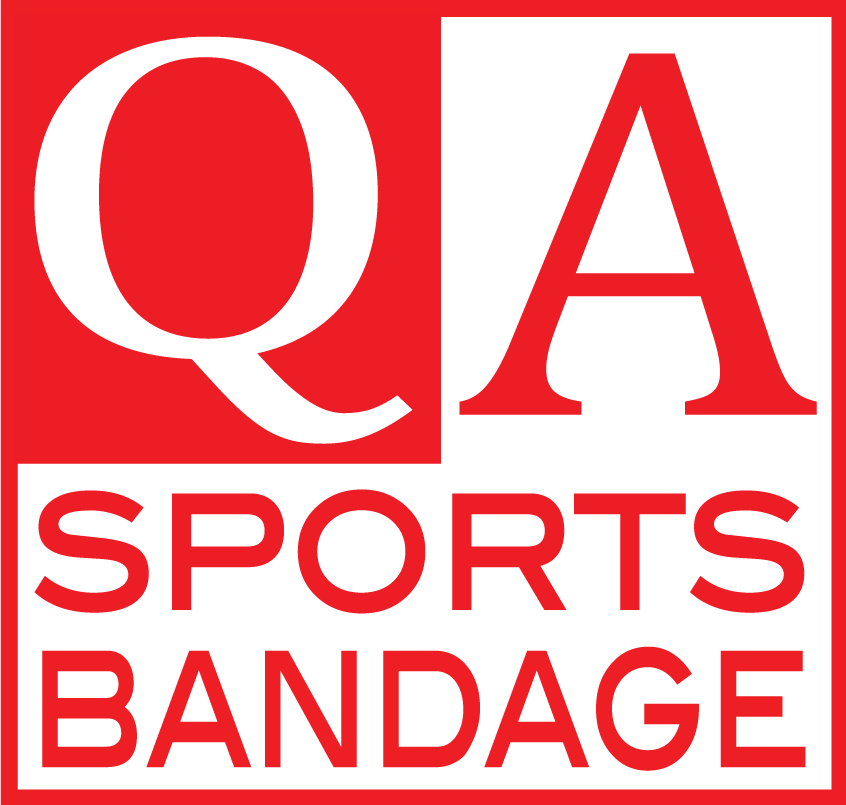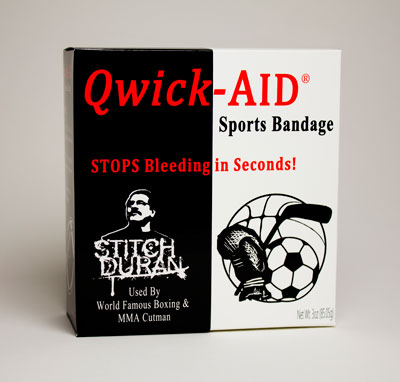
There is no comparison in quality and effectiveness when it matters the most. See how these two competitors square up!
Author: Qwick-AID SportsTeam
UFC 162 – Silva vs. Weidman Infographic

UFC 162 – Silva vs. Weidman
Las Vegas, NV
July 6, 2013
10 pm ET/7 pm PT
More info: UFC 162
We will be attending the UFC Fan Expo that same weekend.
Stop by our booth: UFC Fan Expo 2013
Mixed Martial Arts – MMA
Mixed Martial Arts – MMA
Mixed martial arts have turned into the fastest growing sport in the world. Kids everywhere are signing up to learn the art of taekwondo, Muay Thai, Wrestling and Jiu Jitsu. Adults are using mixed martial arts more than ever for training as a way of staying in shape and losing weight. If you have ever taken a boxing/kickboxing class you know there is no other workout like it. Not only is it a great workout for adults, but also teaches kids discipline and respect as well as it being great tools to defend themselves, God forbid they ever face that dilemma.
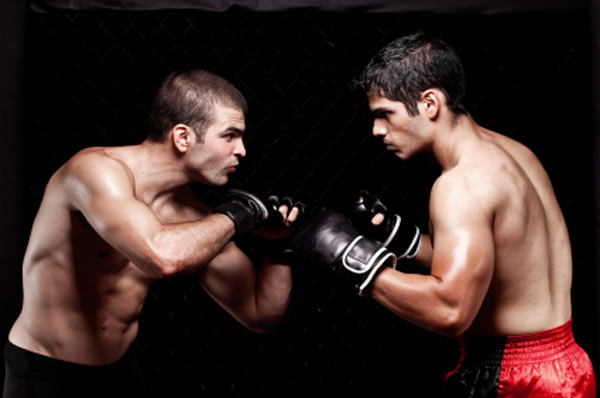
MMA and the UFC
In addition, the UFC is one of the most entertaining sports promotion companies ever to grace the TV screen. The athletes in the UFC are the crème de la crème in the mixed martial arts world and 9.9999 times out of 10, they’re ‘gonna’ put on a great show. With so many different styles fighting each other it’s always interesting to see which art will out maneuver the opposing force. From strikers like, George St. Pierre and Jon Jones to ground specialist like Damian Maia and BJ Penn, anything and everything can happen in the UFC.
MMA and Qwick-AID®
In addition to that, the new sports bandage from Qwick-AID® should be added to every first aid kit in every gym to every field and ice rink. Qwick-AID® is your first responder when those exposure points are cut, scraped or are gushing blood. These new bandages will stop the bleeding in less than one minute! God forbid in the case that you do have to call 911 you must take into consideration the response time. It can take anywhere from 5 to 15 minutes for your first responders to arrive and in the moment of an emergency that might as well be an eternity.
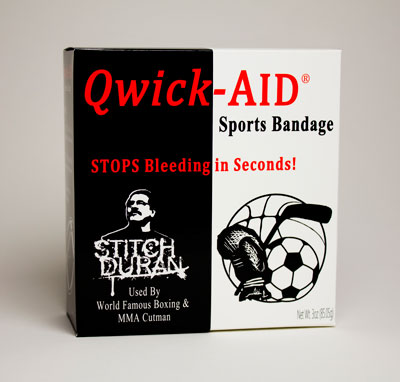
With all of the excitement and electricity in these fights we all know the dangers these athletes put themselves in. From severe hematomas to bloody gashes the cut-men have their hands full in between rounds. Over the years they have used many different products, both prescription and non-prescription while working on the fighters. Most of the products that stopped the bleeding were from a doctor such as the thrombin and adrenaline, but not any longer.
With the addition of an all-natural, non-allergenic, non-prescription hemostatic bandage called Qwick-AID®, the game has been changed. Qwick-AID® will stop the bleeding in seconds and it begins the healing process immediately. The cut-men have less than one minute to clean the fighters up and get them back into the fight. Qwick-AID® has proven time and time again to be a reliable tool for the hectic quick pace in which these guys work. The state of Nevada’s Athletic Commission has approved its use during and after the fight. Qwick-AID® is revolutionizing sports medicine and will continue to be there for athletes in all genres of sports. www.qwickaidsports.com.

Personal Protective Equipment
Personal Protective Equipment
Personal protective equipment is usually categorized by the specific area of the body that is being protected by the types of potential injuries that could take place in each particular sport. For example in football you have pants with thigh pads in them, in lacrosse you have gloves and shoulder pads, in hockey you have shin pads, pants, elbow pads and of course almost all sports include the protective helmet. All of the safety protection equipment is worn for a reason, however, there are still exposure points in this personal protective equipment that are left uncovered. Take a look at the list below as I lay out a couple of the roughest sports and their exposure points.
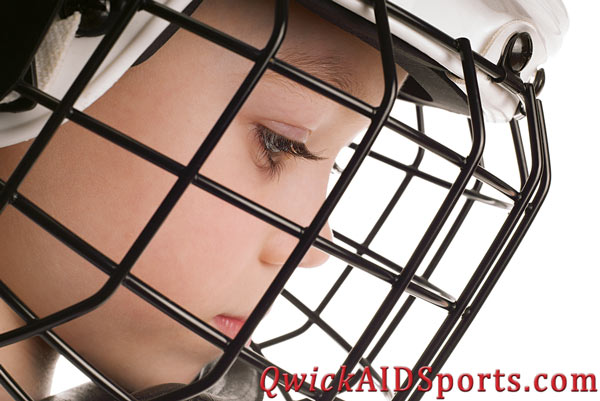
Personal Protective Equipment in Hockey exposure points:
- Between the skate and shin pad
- Back of the legs
- Stomach area
- Forearm
- Neck and face
Personal Protective Equipment in Football exposure points:
- Ankles
- Outside quads
- Elbows
- Ribs
- Fingers
We all know that soccer, basketball, and baseball the entire body is pretty much left open. They may not be as rough as hockey, football or MMA but, there is contact with other players or a 90 mph fastball pitch coming directly at the batters face. While the personal protective equipment protects athletes during most of the play doing a very good job of protecting, it’s the exposure points in this equipment that leave them in jeopardy. Injuries and accidents happen all of the time, and while rules, regulations and the equipment prevent a lot from happening, they can’t stop the inevitable. This is the very reason why coaches, trainers, and parents must make sure that the first aid kits are kept up to date and on hand for that potential scenario. Lets face it, little Johhny or little Sarah can get hurt just as easily in a soccer game than they can in a hockey or football game.
In addition to that, the new sports bandage from Qwick-AID should be added to every first aid kit in every gym to every field and ice rink. Qwick-AID is your first responder when those exposure points are cut, scraped or are gushing blood. These new bandages will stop the bleeding in less than one minute! God forbid in the case that you do have to call 911 you must take into consideration the response time. It can take anywhere from 5 to 15 minutes for your first responders to arrive and in the moment of an emergency that might as well be an eternity.
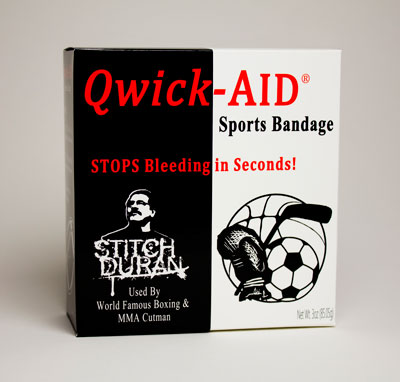
With Qwick-AID not only will you stop the bleeding but you can begin the healing process immediately. The 3-layer hemostatic all natural composite textile has been proven to work in the mother of all rough sports, mixed martial arts. Jacob “Stitch” Duran world famous Boxing and UFC cutman has endorsed Qwick-AID as well as having them on hand for each fight. Qwick-AID® stops vascular and capillary bleeding with its patented matrix and best yet it is 100% non allergenic! For more information on this remarkable new product that is turning the world of sports medicine on its head check out their website at www.qwickaidsports.com.

Concussions in Sports
Concussions in Sports
Concussions in Sports are currently all over the news due to NFL players and mostly ex-NFL players speaking out about the long term effects these traumatic brain injuries have. Concussions can happen in any sport at any given time so coaches, trainers, and parents must be aware of the symptoms that come along with these horrible injuries. This topic has hit home because recently I have been dealing with post concussion syndrome. About 3 months ago I was playing hockey in a men’s pick up game and fell on the back of my head. With out feeling too bad and with no one to test me I continued to play and didn’t notice or have any symptoms until I got home.
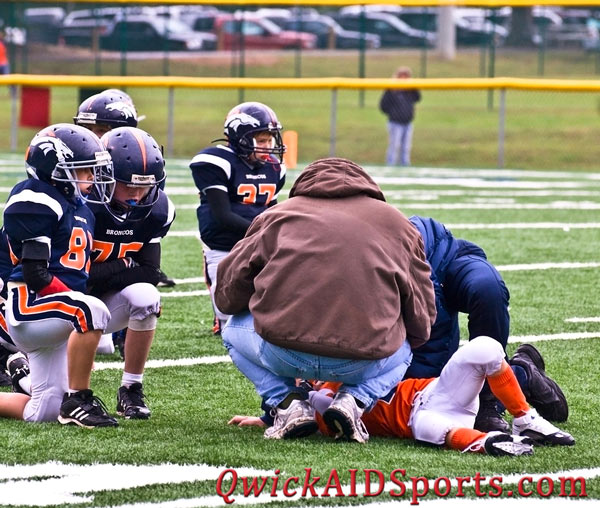
I started to feel foggy and nauseous and instantly knew what was going on because this was not the first time I had experienced this feeling. For the next 10 days I was foggy with blurred vision and couldn’t do much of anything. My circadian rhythm was completely off, meaning I suffered with insomnia and sleeping a lot later than I normally would.
After the fogginess left I started to lightly try to get back in the gym by riding the stationary bike. At first I could only go for 5 minutes before the blurred vision, light headedness and a panicky feeling set in. I eventually got to 30 minutes a couple months later and started feeling good. One day I decided to push it to 45 minutes and reactivated the entire concussion because I came back too fast.
Concussions in sports are very serious and these athletes today are coming back way too fast. I understand that there is a lot of money involved and the potential of someone else taking their position, but this is your brain, people! You need your brain! Protective measures should be taken more as well as preventive measures, but hey, let’s be honest – these things happen.
Here is a list of concussion symptoms that should be immediately recognized.
Concussions in Sports and the Symptoms:
- Headache or a feeling of pressure in the head
- Temporary loss of consciousness
- Confusion or feeling as if in a fog
- Amnesia surrounding the traumatic event
- Dizziness or “seeing stars”
- Ringing in the ears
- Nausea or vomiting
- Slurred speech
- Fatigue
- Concentration and memory complaints
- Irritability and other personality changes
- Sensitivity to light and noise
- Sleep disturbances
- Psychological adjustment problems and depression
- Disorders of taste and smell
- Listlessness, tiring easily
- Irritability, crankiness
- Change in eating or sleeping patterns
- Lack of interest in favorite toys
- Loss of balance, unsteady walking
Seek emergency care for a child who experiences a head injury and:
- Vomiting
- A headache that gets worse over time
- Changes in his or her behavior, including irritability or fussiness
- Changes in physical coordination, including stumbling or clumsiness
- Confusion or disorientation
- Slurred speech or other changes in speech
- Vision or eye disturbances, including pupils that are bigger than normal (dilated pupils) or pupils of unequal sizes
- Changes in breathing pattern
- Lasting or recurrent dizziness
- Blood or fluid discharge from the nose or ears
- Large head bumps or bruises on areas other than the forehead, especially in infants under 12 months of age
Seek emergency care for anyone who experiences a head injury and:
- A loss of consciousness lasting more than a minute
- Repeated vomiting
- Seizures
- Obvious difficulty with mental function or physical coordination
Here are a couple links for more information on concussions:
Concussion Tests and Diagnosis
From all of us at Qwick-AID® safety is our number one concern and we are very passionate about not only spreading the word about our remarkable bandage, but also the knowledge that every athlete, coach, trainer and parent should know. Qwick-AID® is your first responder bandage that stops the bleeding in seconds, its non allergenic and it begins the healing process immediately. This is especially big with the youth who could scar very easily. Qwick-AID® cuts down the scar tissue due to is fast acting ingredients in its 3 layer all natural matrix.
- 1st layer promotes the hemostatic effect stopping the bleeding in 30-40 seconds
- 2nd layer promotes cell migration and evacuates discharge from the wound
- 3rd layer has anti-inflammatory and antiseptic characteristics which makes which makes the dressing very effective in the treatment of deep wounds – also assisting in the formation of soft elastic scars.
Whether you are an athlete, coach, trainer or a parent Qwick-AID® should be a part of your personal safety equipment as well as in every first aid kit. Check us out at www.qwickaidsports.com.
Protective Equipment in Sports
Protective Equipment in Sports
As a former athlete I know how important it is to find the right protective equipment in sports; the protective equipment that obviously not only protects, but also feels comfortable to wear during competition. For baseball players it’s the right elbow and shin pads at bat; for football players it’s the pants and helmets; for hockey players it’s the gloves, shin pads and helmets with or with out protective visors for their eyes; and for the MMA guys it’s the effective hand wrap/tape wrap that is given to them before they train as well as before they fight.
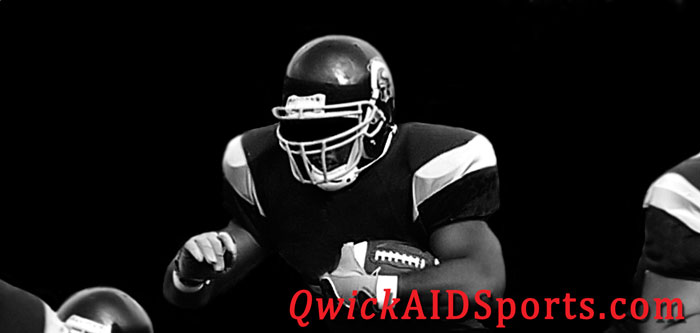
Protective equipment, however, can go far beyond just what is worn on the field. For instance, the steps trainers go through in order to protect their teams for the inevitable collision, cut, break, or severe scrapes that athletes acquire during practice and games. Everything should be taken into consideration when it comes to protective equipment in sports of all arenas.
This link will provide you with some great images of protective equipment in sports: protective equipment in sports.
Personal Protective Equipment in Sports
It’s funny. Athletes can be very superstitious people – especially hockey players. Many athletes have to get dressed a certain way – such as putting their left shoes or skates on first and going from their left to their right when putting on their gear. Tape jobs and hand wraps have to be very specific as well as lacing up shoes. Gloves, helmets, and the rest of the gear must fit just right with personal protective equipment in sports.
A lot of professional athletes have their own personal protective equipment which trickles down to the youth who admire their favorite super stars and try to emulate everything they see on the TV. Protective equipment is a vital part of competition since it does protect you in most dangerous scenarios however, as we all know, accidents do happen. The fact is at any given time at some point in the game or practice there, unfortunately, will be a cut or a fracture of bone.

With the introduction of Qwick-AID® sports bandages, parents and athletes can be assured that Qwick-AID® will be there on the field as part of their personal protective equipment. Qwick-AID® is an all-natural bandage that stops bleeding in seconds! Not only does Qwick-AID® address the bleeding from the wound, but it also begins the healing process immediately – something that no other bandage on the market does.
It not only stops the bleeding, but its 3-layer proprietary matrix protects the wound from additional bacteria and possible infection developing. There are no allergens or shellfish derivatives in these bandages making them compatible with topical ointments.
Qwick-AID® should most certainly be a part of every team’s protective equipment, replacing the standard gauze that really does nothing for the wound. You update your phones every week. It’s time to update both your child’s safety and your own! For more information visit Qwick-AID® at www.qwickaidsports.com.
